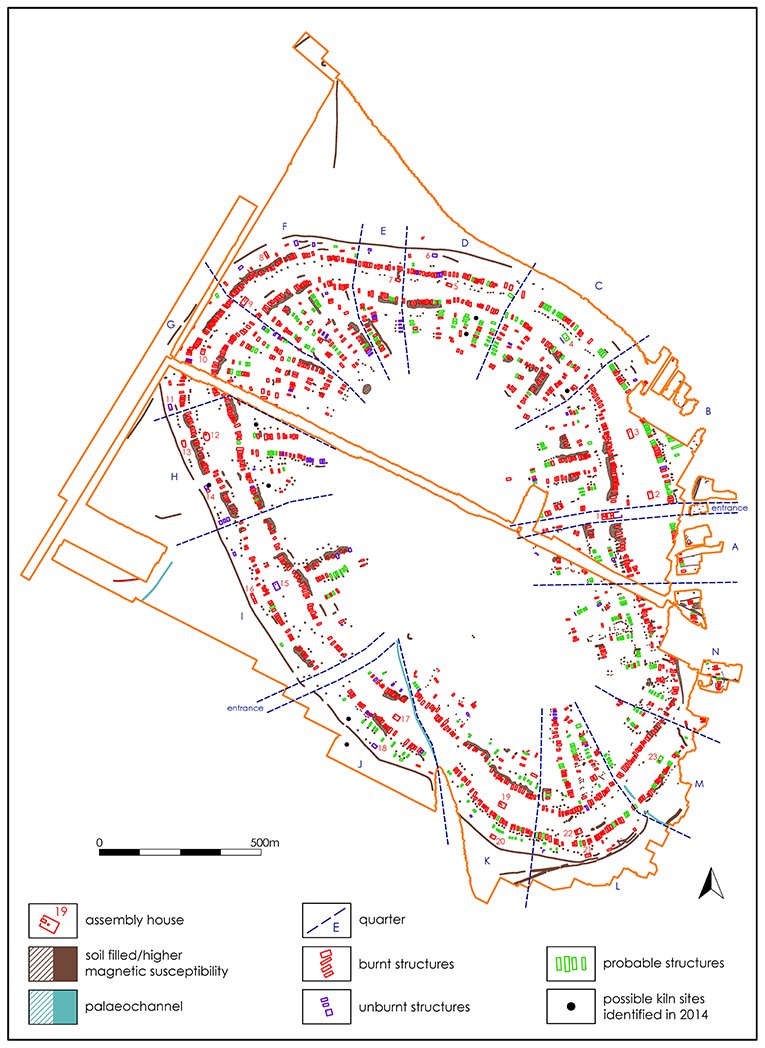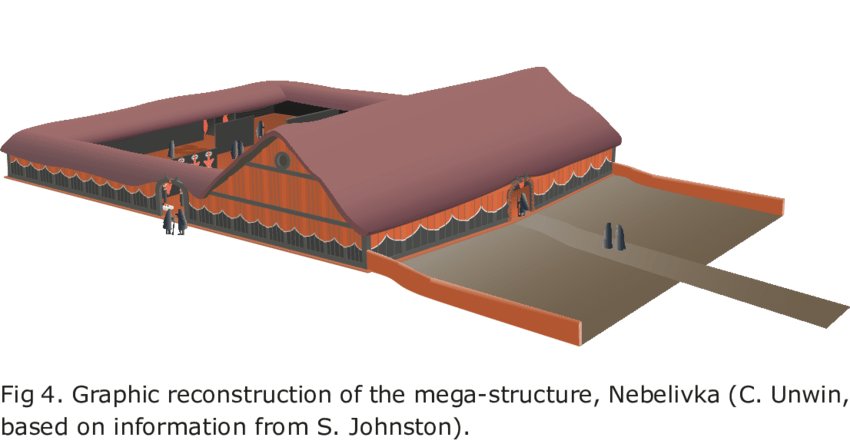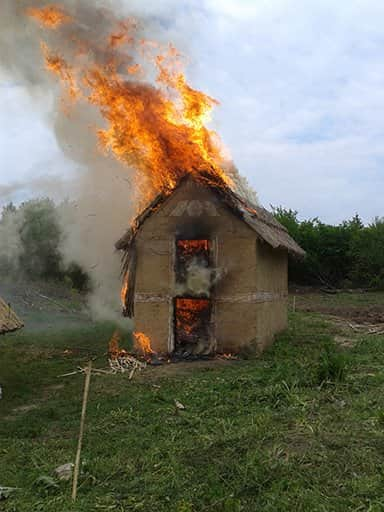A 6,000 year old city in Ukraine
6,000 years ago the world’s largest settlements weren’t in Mesopotamia, the Indus, or China, but the steppes of modern-day Ukraine. These ‘mega-sites’ are puzzling because, unlike those of the cradles of civilisation, they had no temples, palaces, or other signs of heirarchy.
But research at Nebelivka, published today in an open access book, sheds light on how these remarkable sites worked. The mega-sites were places where many communities assembled in a larger collective, using an open, horizontal social order to live side-by-side. The traces of this primordial “alternative urbanism” are everywhere at Nebelivka: in the maze of neighbourhoods and quarters, individually distinct but part of a coherent overall plan; the massive but plain assembly houses where different groups could gather to make collective decision; and the elaborate ritual burning of houses to mark the impermanence of the individual in the collective order.



Unfortunately, it was short-lived. Despite its size, Nebelivka was occupied for just 200 years and the mega-site phenomenon had disappeared by the end of the 4th millennium BCE. The later cities of the “cradles of civilisation” set urban societies on a very different path.
Early Urbanism in Europe: The Trypillia Megasites of the Ukrainian Forest-Steppe, edited by Bisserka Gaydarska, is available open access from De Gruyter. It includes a small contribution drawn from my bachelor’s dissertation. Huge congratulations to Bisserka Gaydarska and John Chapman for completing this mega-project. They gave me my start in archaeology on their very first field season in Ukraine, nearly 12 years ago!
Adapted from the original Twitter thread on 2023-04-13.